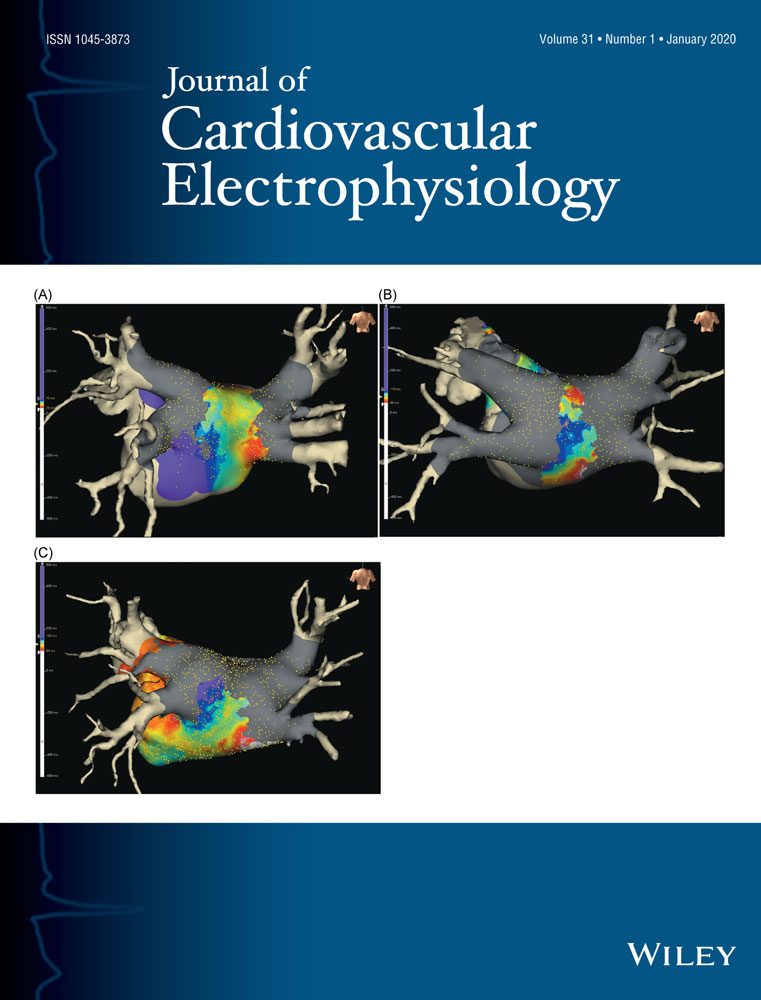Natural history and clinical outcomes of inappropriate sinus tachycardia
Disclosures: Drs Samuel Shabtaie and Chance Witt have nothing to disclose. Dr Samuel Asirvatham has received compensation for services from Aegis Medial, ATP, Nevro, Sanovas, Sorin Group, and FocusStart, LLC. He has been a speaker for Abiomed, AtriCure, Inc, Biotronik, Boston Scientific Corp, Medtronic, Inc, Medtelligence, Spectranetics Corporation, St Jude Medical, Sanofi Aventis, Wolters Kluver, Elsevier, and Zoll Medical Corporation. He has received royalties from Nevro and Aegis Medial.
Abstract
Background
Limited data are available regarding the demographics, disease associations, and long-term prognosis of patients with inappropriate sinus tachycardia (IST).
Objective
To establish epidemiologic data for patients with IST, including symptom onset, comorbid disease, and long-term outcomes.
Methods
We retrospectively reviewed all patients with an IST diagnosis at the Mayo Clinic (Rochester, MN) during a 20-year period (1998-2018). We extracted demographic data and clinical outcomes compared to an age and gender-matched control group with atrioventricular nodal reentry tachycardia (AVNRT).
Results
Within the study period, a total of 305 patients with IST were identified (mean follow-up 3.5 years) with 92.1% female and mean age 33.2 ± 11.2 years. The most frequently identified circumstances triggering the condition included pregnancy (7.9%) and infectious illness (5.9%) while the most common comorbid conditions were depression (25.6%) and anxiety (24.6%). At diagnosis, the mean left ventricular ejection fraction (LVEF) was 62.3 ± 6.2%, with 77 patients having follow-up echocardiographic data. No significant difference in LVEF was seen after a mean 4.9 ± 4.3-year follow-up (baseline LVEF 59.8 ± 10.7% vs subsequent 61.4 ± 8.1%; P = .2971). Two deaths occurred within the study period, with one related to myocardial infarction and the other noncardiac; compared to an age and gender-matched AVNRT control group there was no excess mortality during the follow-up period.
Conclusions
In our study cohort, IST predominately affects young females with structurally normal hearts and modest coexistent psychiatric disease. In most cases of IST, a major event occurring just before or at the time of diagnosis could not be identified, although nearly 8% of patients first noted symptoms during or shortly after pregnancy. In our cohort, there was no evidence of cardiomyopathy or mortality related to IST.




